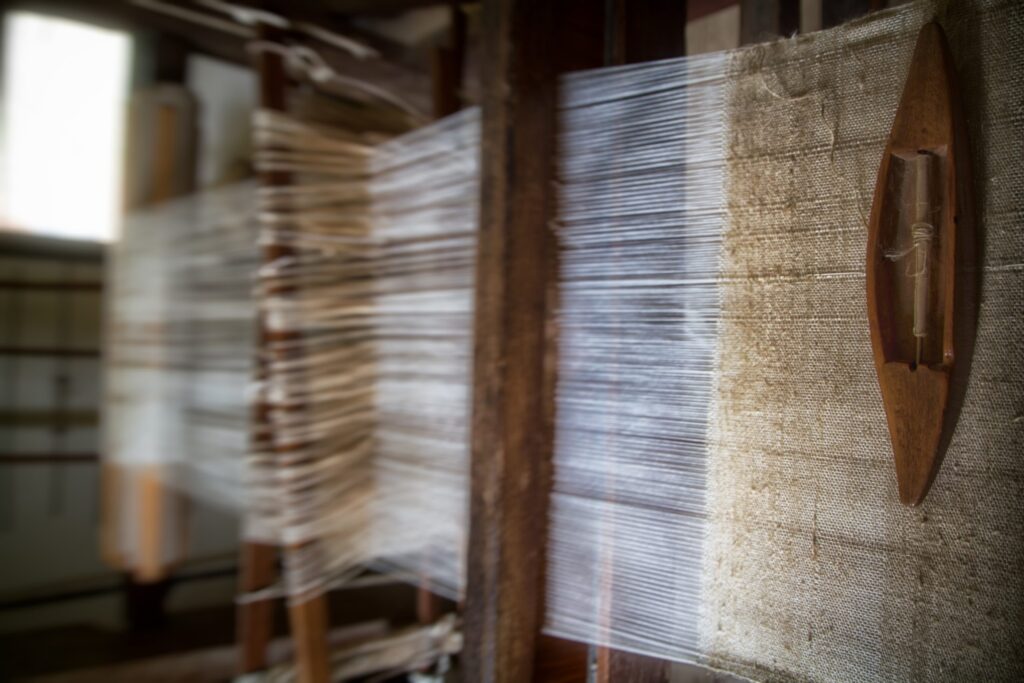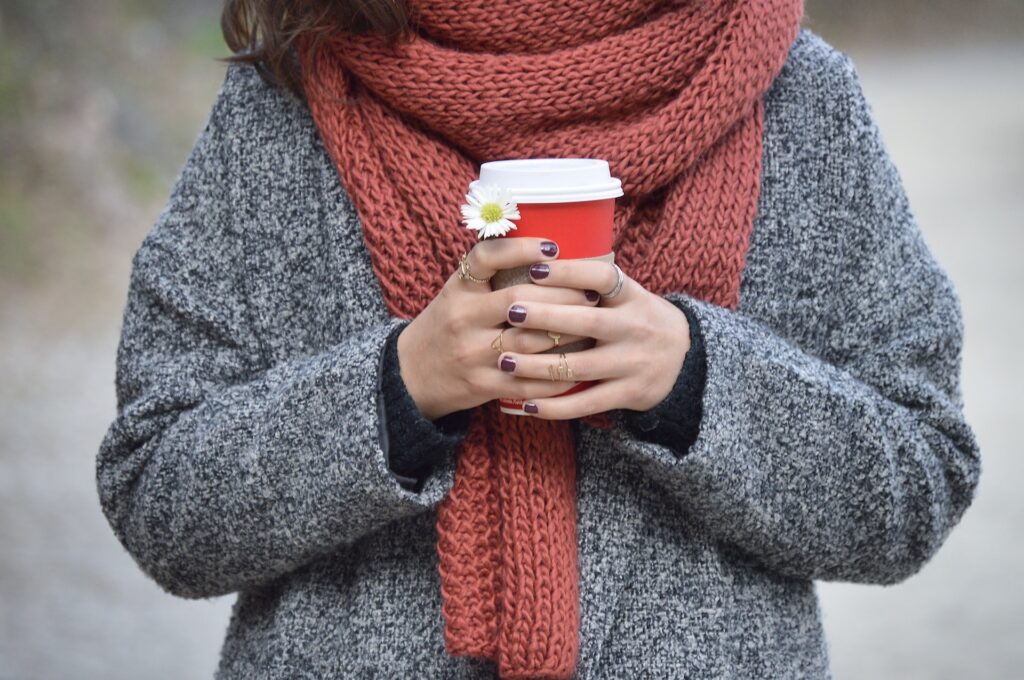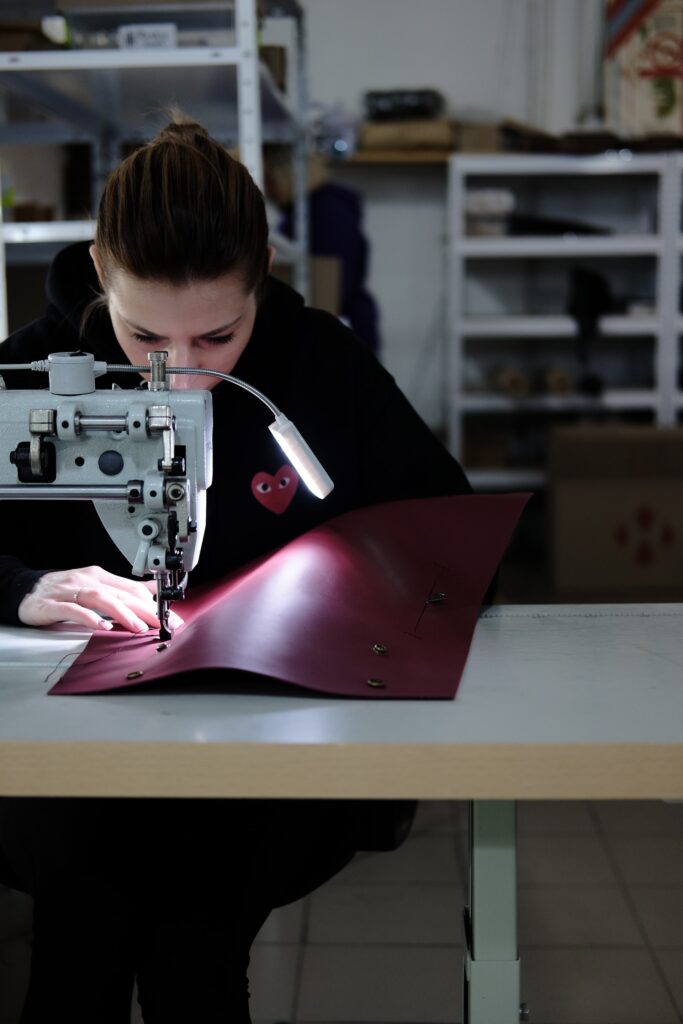The Art and Craft of Manufacturing Shawls, Stoles, Scarves, Textiles, and Mufflers

The manufacturing of shawls, stoles, scarves, textiles, and mufflers is a delicate and intricate process that combines centuries-old traditions with modern technology. These accessories have transcended their utilitarian purpose to become symbols of style, culture, and individuality. In this essay, we will delve into the fascinating journey of creating these fashion items, exploring the processes, materials, and the skilled artisans who bring them to life.
Materials: The Essence of Quality
The foundation of manufacturing shawls, stoles, scarves, textiles, and mufflers is the selection of the right materials. The choice of material is paramount, as it significantly influences the final product’s quality, feel, and appearance.
1. Natural Fibers:
- Silk: Silk is a luxurious and highly prized material for shawls and scarves. It is known for its softness, sheen, and breathability. Silk is often used in high-end, delicate accessories.
- Cashmere: The fine, soft, and warm wool of the cashmere goat is used to create premium-quality scarves, shawls, and mufflers. Cashmere textiles are famous for their luxurious feel and insulation properties.
- Pashmina: Pashmina, often made from the wool of Himalayan goats, is a type of cashmere known for its exceptional softness and warmth. Pashmina shawls are renowned for their quality and elegance.
- Wool: Wool is a versatile material suitable for a range of accessories. Merino wool, for example, is known for its softness, warmth, and moisture-wicking properties.
2. Synthetic Fibers:
- Polyester: Polyester is commonly used for mass-produced scarves and shawls. It is durable, cost-effective, and can mimic the texture of natural fibers.
- Viscose: Viscose, derived from wood pulp, is a semi-synthetic material often used to create scarves and shawls. It has a silk-like appearance and feel.
3. Blends:
- Many manufacturers opt for fabric blends that combine natural and synthetic fibers. For instance, a silk and wool blend offers a balance of softness and warmth.
The Manufacturing Process
The manufacturing process of shawls, stoles, scarves, textiles, and mufflers varies depending on the type of material and the desired end product. Here, we will provide an overview of the common steps involved in creating these fashion accessories.
1. Fiber Preparation:
The manufacturing process begins with the preparation of the chosen fiber. If natural fibers are used, they go through a cleaning and sorting process to remove impurities. The fibers are then carded to align them, making them ready for spinning or weaving.
2. Spinning:
Spinning is the process of twisting and drawing the fibers into yarn. The type of spinning technique used can vary based on the desired yarn thickness and texture. Traditional spinning wheels are still used in many places, but modern textile mills also utilize automated machines for this purpose.
3. Weaving:
Weaving is the process of interlacing the warp (lengthwise) and weft (crosswise) yarns to create the fabric. Different types of looms, such as handlooms and power looms, are employed depending on the scale of production and intricacy of the design. Artisans carefully control the tension and pattern to ensure a precise weave.
4. Dyeing:
Dyeing is a critical step in the manufacturing process, as it imparts color and character to the fabric. Various dyeing techniques are used, from traditional methods like vat dyeing to modern methods such as digital printing. Dyeing can be done at different stages of production, depending on the design and pattern requirements.
5. Embellishment:
Many shawls, stoles, scarves, textiles, and mufflers are embellished with intricate designs, embroidery, or other decorative elements. Skilled artisans may apply hand-embroidery, beading, or other embellishments to enhance the visual appeal of the accessory.
6. Finishing:
The finishing process involves a series of treatments to prepare the fabric for the final product. This may include washing, pressing, or blocking to shape and size. Finishing enhances the texture, softness, and overall quality of the accessory.
7. Quality Control:
Quality control is an essential step to ensure that the final product meets the desired standards. It involves thorough inspections for imperfections, consistency in color, and overall quality.
Variety in Designs and Styles
The world of shawls, stoles, scarves, textiles, and mufflers is incredibly diverse, with a myriad of designs, styles, and patterns. Each manufacturing process is tailored to produce the specific design and material required for the accessory. Let’s explore some popular styles:
1. Paisley Shawls:
Paisley patterns, known for their intricate, teardrop-shaped designs, are often featured in shawls and scarves. These designs can be woven or printed onto the fabric, offering a timeless and elegant aesthetic.
2. Tartan and Plaid Scarves:
Tartan and plaid patterns are classic choices for scarves, particularly in regions like Scotland. These patterns are woven into the fabric using a combination of different-colored yarns.
3. Embroidered Stoles:
Embroidered stoles are adorned with intricate hand-embroidery, often featuring floral or geometric patterns. This craftsmanship adds a touch of elegance and artistry to the accessory.
4. Contemporary Digital Prints:
Modern technology has enabled the creation of digitally printed designs. These prints can range from vibrant, abstract patterns to realistic depictions of landscapes or animals.
5. Cashmere Mufflers:
Cashmere mufflers are prized for their softness and warmth. They are often made from pure cashmere or cashmere blends, and their manufacturing process involves meticulous care to maintain the material’s quality.
The Role of Skilled Artisans
The creation of shawls, stoles, scarves, textiles, and mufflers often involves the expertise of skilled artisans. These artisans, with years of experience, play a pivotal role in ensuring the quality and craftsmanship of these fashion accessories.
1. Weavers:
Weavers are responsible for operating the looms and creating the intricate patterns and designs on the fabric. The skill of a weaver significantly impacts the quality of the final product.
2. Dye Masters:
Dye masters are skilled in the art of dyeing, determining the precise color and pattern for each piece. They may use traditional dyeing methods or modern digital printing techniques.
3. Embroiderers:
Embroiderers meticulously add intricate embroidery to stoles, shawls, and scarves, contributing to the artistic and aesthetic qualities of the accessory.
4. Quality Control Experts:
Quality control experts ensure that each piece meets the desired standards. They inspect the accessory for imperfections, color consistency, and overall quality.
The process of manufacturing shawls, stoles, scarves, textiles, and mufflers is a blend of tradition, craftsmanship, and modern technology. The careful selection of materials, intricate weaving, dyeing


